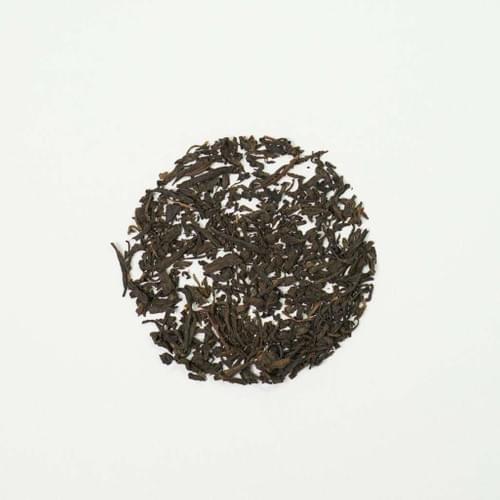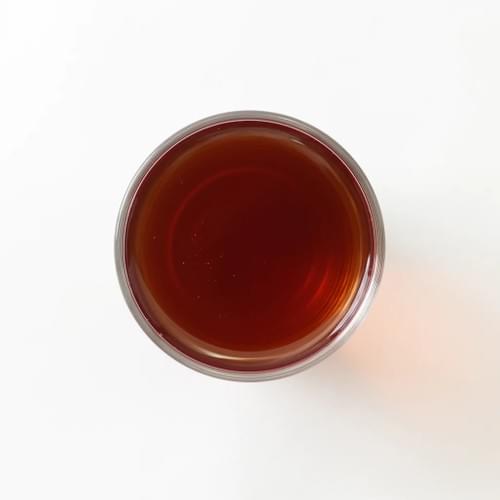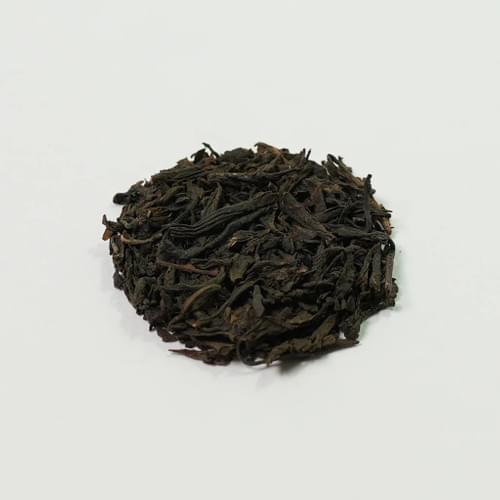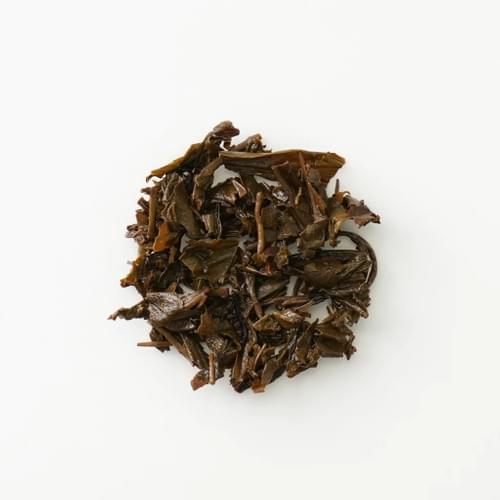Go Back
](https://custom-images.strikinglycdn.com/res/hrscywv4p/image/upload/c_limit,fl_lossy,h_1000,w_500,f_auto,q_auto/6755568/250078_321588.jpeg)
Yamabuki Nadeshiko [Post-Fermented Green Tea](30g)
$12.00
Region: Shizuoka (Japan)
Process: Steamed Green Tea Post-Fermented by Kuro Koji
Cultivars: Yabukita x Benefuuki x Zairai
Scroll down for more information
Process: Steamed Green Tea Post-Fermented by Kuro Koji
Cultivars: Yabukita x Benefuuki x Zairai
Scroll down for more information
Quantity
Add to cart
More Details
- TShizuoka, located a mere 30 km or about 18 miles from Mount Fuji, is a prominent and ancient tea growing region dating back to the 1,200's. Due to past volcanic eruptions, the area has deep and mineral rich soil, abundant sources of pure water from ice and snow capped peaks, and clean, unpolluted air. These favorable growing conditions can sustain tea cultivation for many generations if they are wisely managed . A very diverse micro-climate allows for a great variety of tea cultivars to thrive in this region.
- Cultivation Notes
- Tea bushes selected for processing into Yamabuki Nadeshiko are chosen for their naturally higher content of catechins
- These bushes are exposed to full sun to optimized their catechin level.
- Yamabuki Nadeshiko is a beautiful and unique tea named after 2 iconic Japanese flowers: Yamabuki is the elegant yellow rose of Japan, called Kerria Japonica, which blooms profusely from April through May. Its golden yellow color is often associated with elegance and wealth. Nadeshiko is the popular name for the flower Dianthus superbus, a delicate frilled pink carnation which is literally translated from Kanji into English as "cuddly child". This part of the name alludes to the comforting, warming effect the tea has on the body.
- Processing Notes:
- Yamabuki Nadeshiko is made from a blend of tea leaves selected for their high catechins content. These leaves come from 2 modern cultivars: Benefuuki and Yabukita, along with leaves from the Shizuoka native Zairai grown from seeds.
- The tea leaves are first made into a green tea by a light steaming (Asamushi)
- The lightly steamed leaves undergo an additional unique and innovative process of controlled microbial fermentation by Kurokoji. This process is similar to that of making traditional Awamori, a traditional Japanese liquor.
- This fermentation process breaks down the catechins in the green tea into 2 new phenolic compounds not found in any other tea: Teadenol A and Teadenol B. Results from animal studies initially conducted by Riversion - a microbiology research and development company based in Fukuroi City of Shizuoka Prefecture - show that Teadenol A and Teadenol B have anti-obesity and anti-diabetic effects on rats.
- The fully fermented leaves undergo a final roasting over charcoal
- A joint research project conducted by the University of Shizuoka and the University of Saga confirms Teadenol A and Teadenol B have similar anti-obesity and anti-diabetic on humans. These research efforts seek to understand the metabolic pathways of the relevant nutrients in order to address the root causes of these metabolic dysfunctions.
- Tasting Notes:
- Freshly brewed tea gives an aroma of cocoa, honey, and dried longan.
- Sweet and deep after taste.
- Very smooth, with no astringency or bitterness.
- Has a warming effect on the body.
- Caffeine Level: Medium
Health Benefits Documented in Scientific Studies:
- Manages diabetes by suppressing appetite and increasing insulin secretion
- Prevents obesity by , normalizing lipid metabolism, and blocking fat absorption
- Reduces the risk of hyperlipidemia. Hyperlipidemia, also known as dyslipidemia, refers to abnormally high levels of fats (lipids) in the blood, including cholesterol and triglycerides. It is a common condition, especially in modern developed countries, and can be inherited or developed due to lifestyle factors such as diet and physical inactivity. Hyperlipidemia increases the risk of heart disease, stroke, and other serious health problems due to the buildup of fatty deposits in the arteries.
- Prevents heart and coronary diseases by reducing the risk of hyperlipidemia and atherosclerosis
Rerefences
Nadeshiko - Japan Beauty: The New Impressive Japanese Tea "Nadeshiko Yamabuki" [ http://www.y-nadesiko.jp/yamabuki_english.pdf]
Teadenol A in microbial fermented tea acts as a novel ligand on GPR120 to increase GLP-1 secretion [https://pubs.rsc.org/en/content/articlelanding/2020/fo/d0fo02442b]
Teadenol B as a Component of Microorganism-Fermented Tea Extract Inhibited Breast Cancers by Promoting Autophagy [https://pubmed.ncbi.nlm.nih.gov/38398624/]










